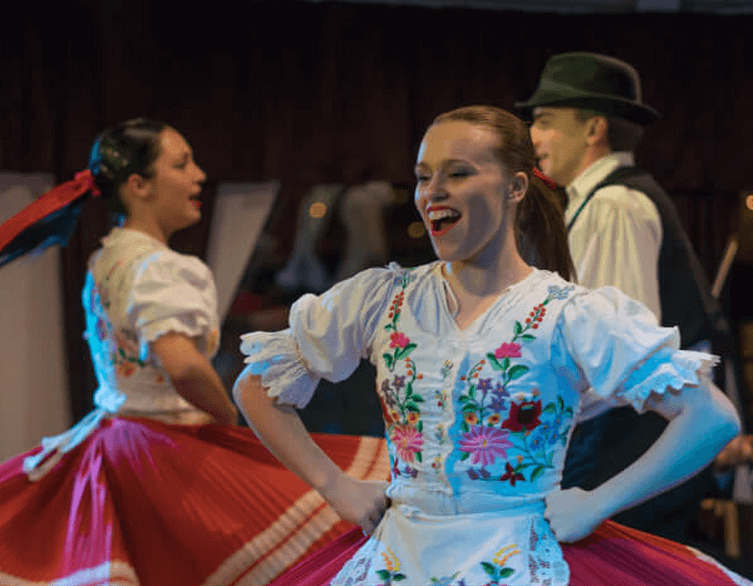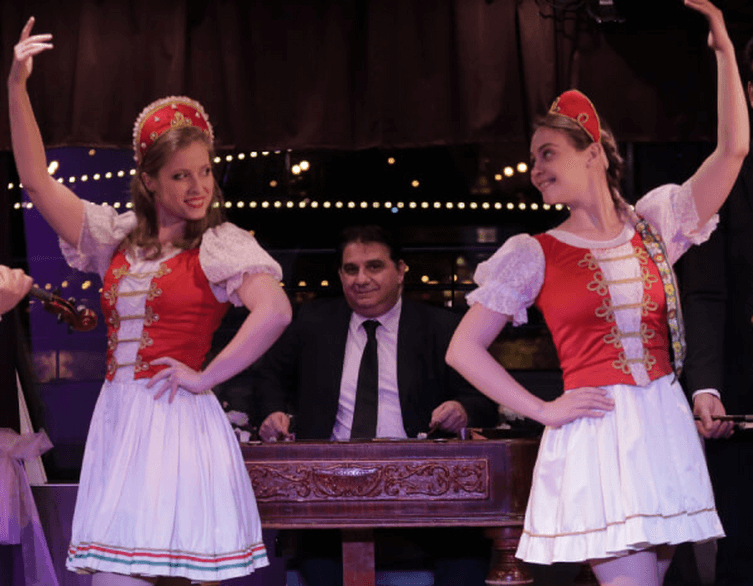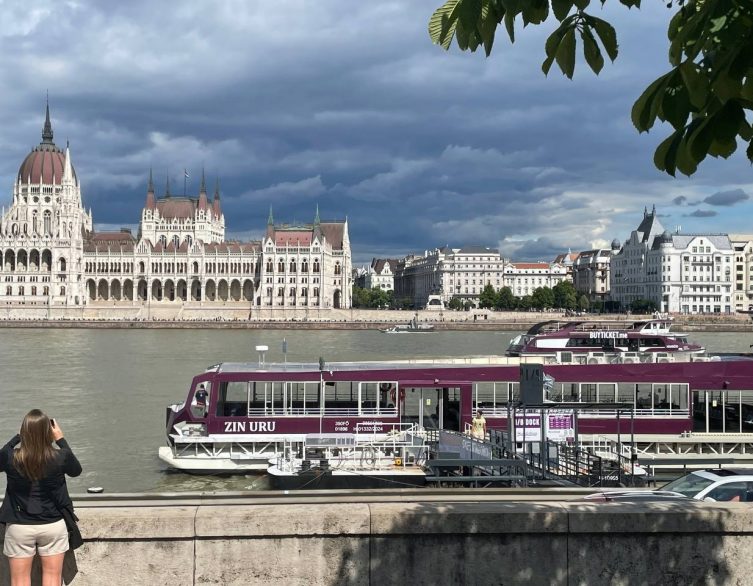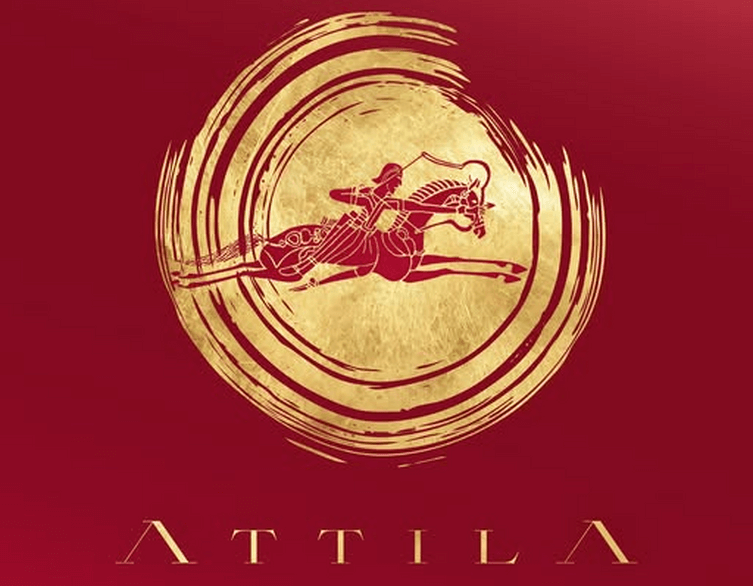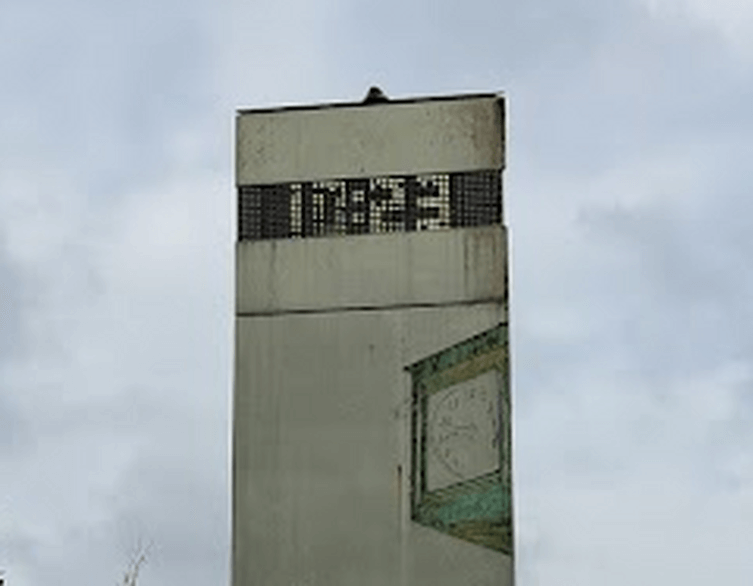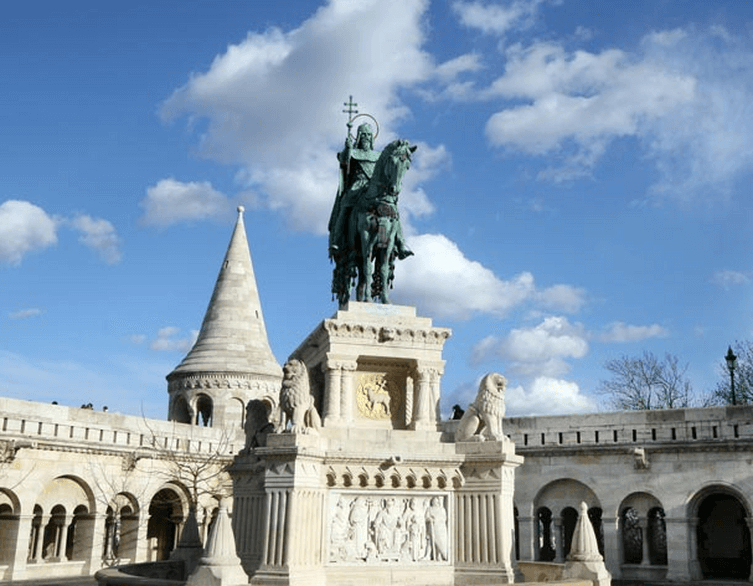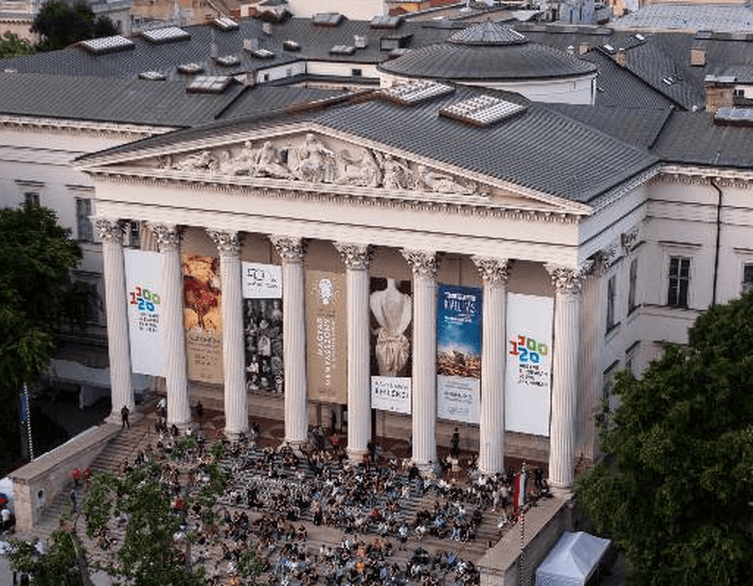Discover the Treasures of the Hungarian National Museum in Budapest

The Hungarian National Museum in Budapest is a must-visit attraction for anyone interested in the rich history and culture of Hungary. Founded in 1802, this iconic institution is the national museum for the history, art, and archaeology of Hungary, including areas beyond its modern borders. Housed in a stunning Neoclassical building designed by architect Mihály Pollack, the museum offers a fascinating journey through time.
Historical Significance
The Hungarian National Museum traces its roots back to 1802 when Count Ferenc Széchényi established the National Széchényi Library. The following year, Széchényi’s wife donated a mineral collection, leading to the creation of the museum as a general history and natural history institution. In 1807, the Hungarian National Parliament passed legislation to support the museum and called upon the nation to contribute to its collections.
The museum played a significant role in the Hungarian Revolution of 1848, as it was on the front steps of the building where Sándor Petőfi read his famous poem “Nemzeti dal” (National Song) and the 12 points, which helped spark the revolution. To commemorate this event, statues of János Arany and Sándor Petőfi were added to the museum grounds.
Architectural Significance
The Hungarian National Museum is housed in a magnificent Neoclassical building, purpose-built between 1837 and 1847 by the renowned architect Mihály Pollack. The impressive facade features a portico with Corinthian columns and a tympanum adorned with allegorical figures representing Art and Science. The grand staircase inside the museum is a work of art in itself, with paintings by Károly Lotz and Mór Than gracing the walls and ceiling since 1875.
The museum’s garden has been a venue for various concerts, including performances by the celebrated composer Ferenc Liszt. Today, the garden hosts the annual Museum Festival, a popular cultural event in Budapest.
Best deals of Budapest
Permanent Exhibitions
The Hungarian National Museum boasts an impressive collection of artifacts spanning from prehistory to modern times. The permanent exhibitions are divided into several sections, each focusing on a specific period or theme in Hungarian history.
- On the East-West Frontier: This exhibition covers the archaeology of Hungary from prehistory to the Avar period, ending in 804 AD.
- The History of Hungary from 804 to Modern Times: Explore the fascinating history of Hungary, from the age of the Arpads and the Turkish occupation to Transylvania and royal Hungary.
- Medieval Hungarian Coronation Mantle: Marvel at the beautifully preserved Coronation Mantle, a masterpiece of medieval textile art.
- Scholar Hungarians of the 20th Century: Discover the lives and achievements of notable Hungarian scholars who made significant contributions to various fields.
- Medieval and Early Modern Stone Inscriptions and Carvings: This exhibit showcases an impressive collection of stone relics and carvings from the Middle Ages and Early Modern period.
- Roman Lapidary: Descend into the museum’s basement to view the ancient Roman stone inscriptions and carvings in this unique exhibition.
Educational Programs
The Hungarian National Museum offers a variety of educational programs designed to engage visitors of all ages. Family days are a popular choice, featuring interactive activities, workshops, and guided tours tailored to children and their parents. Guided tours led by knowledgeable museum staff provide a more in-depth exploration of the exhibitions, offering insights into the historical and cultural significance of the artifacts on display.
Getting There
The Hungarian National Museum is located in Budapest’s VIII district, easily accessible by public transportation. Visitors can take the metro to Astoria station (M2 line) or Kálvin tér station (M3 and M4 lines), both just a short walk from the museum. Several bus and tram lines also stop nearby, making it convenient to reach from various parts of the city.
Nearby Attractions
While in the area, be sure to explore some of the other notable attractions nearby. The famous Váci Street, a bustling pedestrian shopping street, is just a short walk away. The Great Market Hall, Budapest’s largest and most beautiful indoor market, is also within walking distance. For a taste of the city’s vibrant nightlife, head to the popular ruin bars in the Jewish Quarter, located in the neighboring VII district.
A visit to the Hungarian National Museum is an unforgettable experience that brings Hungary’s rich history and cultural heritage to life. From the stunning architecture of the building itself to the captivating permanent exhibitions and engaging educational programs, there is something for everyone at this world-class institution. Whether you’re a history buff, an art lover, or simply curious about the fascinating story of Hungary, the Hungarian National Museum is an essential stop on your Budapest itinerary.
Image source: https://www.facebook.com/nemzetimuzeum
Related news
Related events





